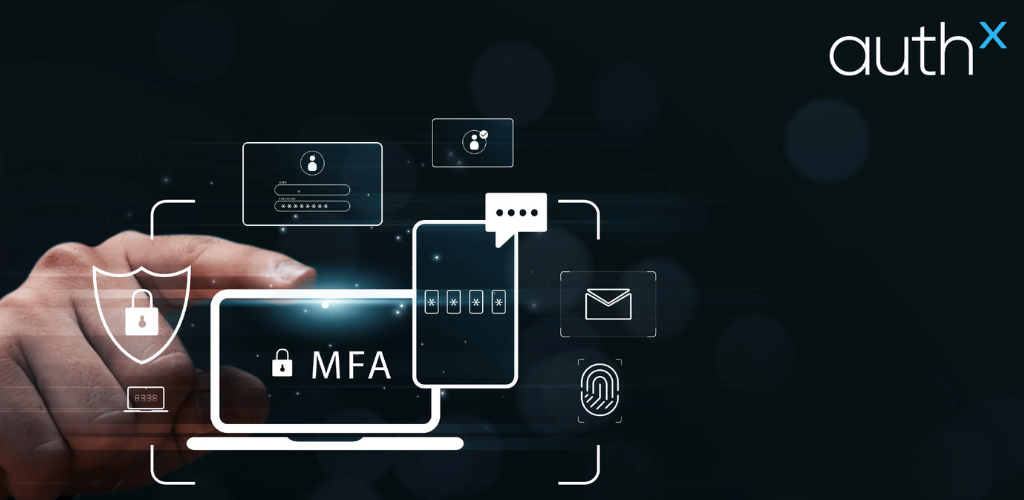Biometric Authentication Software: Enhancing Security with MFA and Enterprise SSO Solutions
In an era of increasing cyber threats, securing access to systems and data has become a top priority for enterprises. Traditional methods such as passwords are no longer sufficient, as they are prone to breaches, phishing attacks, and poor user management. Biometric authentication software offers a robust and secure alternative by verifying individuals based on unique biological traits like fingerprints, facial features, voice patterns, or even iris scans. This technology is rapidly gaining traction, particularly when integrated with Multi-Factor Authentication (MFA) and Single Sign-On (SSO) solutions for enterprise use.
The Rise of Biometric Authentication
Biometric authentication software enhances security by tying access credentials directly to the user’s physical identity. Unlike passwords or tokens, biometric data cannot be easily forgotten, shared, or stolen. It ensures that only the authorized user can access the system, adding a critical layer of protection. Technologies such as fingerprint scanners, facial recognition cameras, and voice recognition software are increasingly embedded in mobile devices, laptops, and access control systems, making biometrics both accessible and user-friendly.
Integration with Multi-Factor Authentication (MFA)
Multi-Factor Authentication is a security process that requires users to present two or more verification factors before gaining access. These factors usually include something the user knows (a password), something the user has (a device or security token), and something the user is (biometric data).
Biometric authentication strengthens MFA software by serving as the “something you are” component. For instance, a system may require a password and a fingerprint scan for access. This combination drastically reduces the chances of unauthorized access, even if one of the factors is compromised. Enterprises implementing MFA with biometrics are better protected against phishing, brute force attacks, and identity theft.
Role in Enterprise SSO Solutions
Single Sign-On (SSO) solutions allow users to access multiple applications with a single set of credentials. While this greatly enhances user convenience and reduces password fatigue, it also raises the stakes for security: if SSO credentials are compromised, an attacker could gain access to numerous systems.
Integrating biometric authentication with enterprise SSO solutions mitigates this risk. By requiring a biometric scan at the point of SSO login, organizations can ensure that only legitimate users initiate a session. This dual benefit—security and convenience—makes biometric-enabled SSO an appealing option for enterprises managing a wide range of cloud-based and on-premise applications.
Benefits for Enterprises
For enterprises, biometric authentication software, combined with MFA and SSO, delivers several advantages:
-
Stronger Security: Biometric traits are unique and difficult to replicate, significantly reducing the risk of unauthorized access.
-
Improved User Experience: Employees benefit from seamless access without the need to remember multiple passwords.
-
Regulatory Compliance: Biometric MFA and SSO can help organizations meet data protection regulations like GDPR, HIPAA, and CCPA.
-
Operational Efficiency: IT teams spend less time on password resets and account recovery, leading to improved productivity.
Conclusion
Biometric authentication software is becoming a cornerstone of modern enterprise security. When integrated with Multi-Factor Authentication and Single Sign-On solutions, it not only enhances protection but also streamlines access across systems. As cyber threats evolve, enterprises that adopt biometric solutions will be better equipped to safeguard their digital assets while offering a smoother and more secure user experience.


